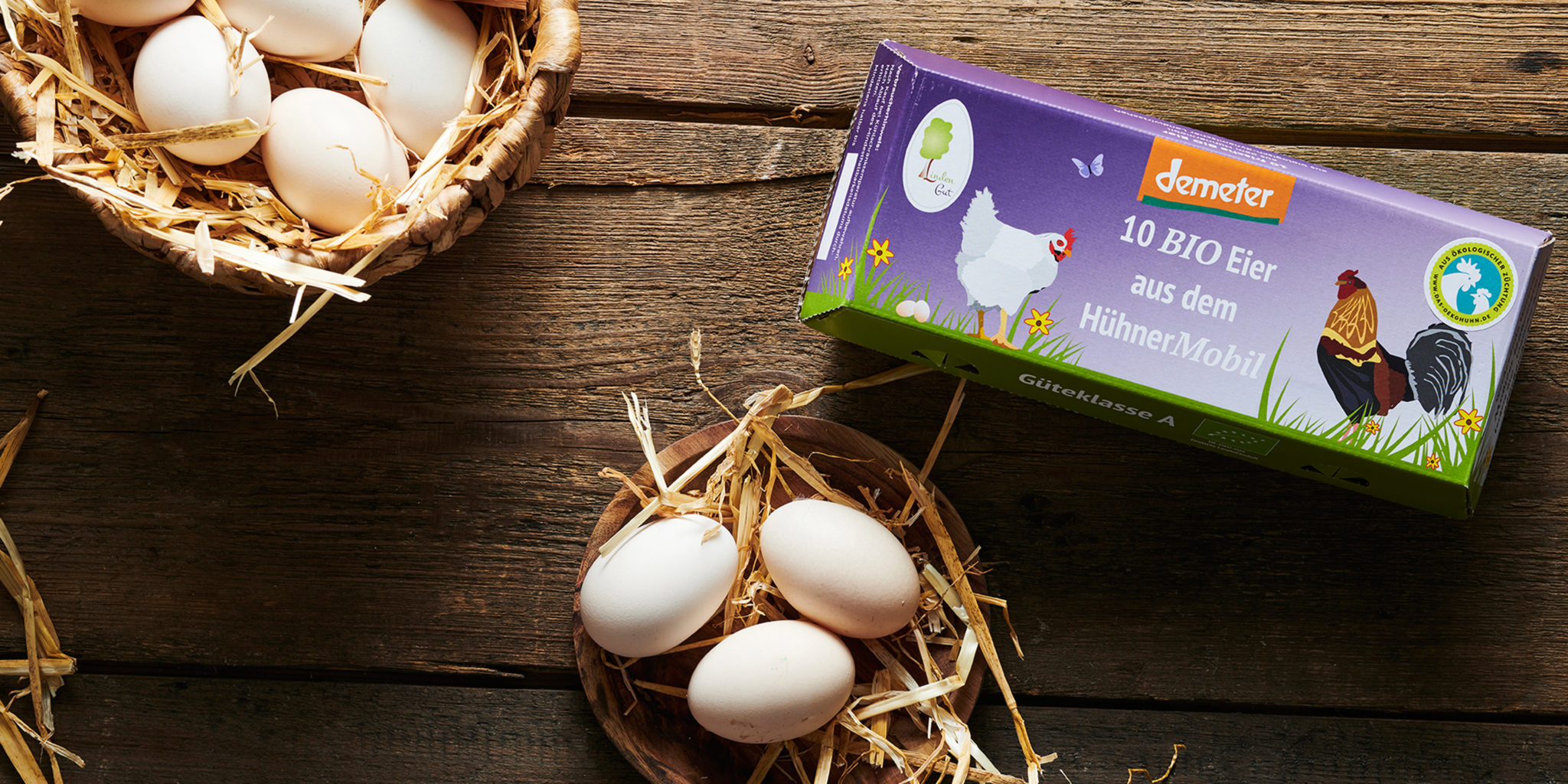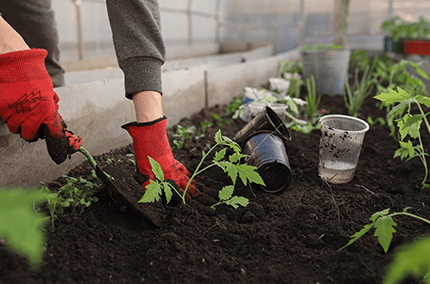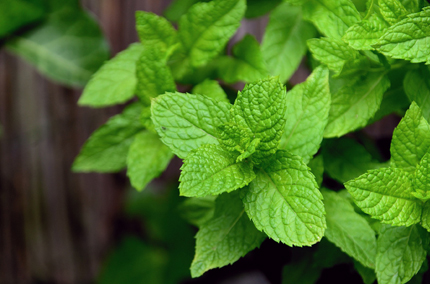Regenerative farming at LindenGut
More important than ever: regenerative methods of agriculture and pastoralism
Because of climatic and political developments, the “regenerative” is finally becoming more popular again. Today it is more important than ever. However, at LindenGut we have been working with regenerative methods of farming and pasture management for many years. This is not just about producing high-quality, nutrient-rich food. More importantly, the dynamic and holistic solution leads to high-performing farms, thriving communities and vital economic areas. We want to be part of the solution for sustainable agriculture and also serve as a point of contact for other farmers.
What is regenerative farming?
Special processes are used in cultivation, livestock and land use. Specifically, they are the restoration of living carbon by building humus and the restoration of microbial processes in the soil by promoting the interaction of plant-soil life. This type of agriculture leaves the soil and environment healthy, substantially improves the water cycle, and creates healthy, natural ecosystems.
How to build humus?
Based on an analysis of the soil, one examines, for example, the water storage capacity or the humus content. Thereupon, attention is paid to the special ratio of micro- and macronutrients in natural fertilization. Important here are:
- Nutrient supply
- Biological activity
- Plant nutrition
- Strengthening of stress tolerance in negative environmental conditions
What are the advantages of humus?
- High quality of agricultural products
- Ensuring stable yields even in stress situations
- Reduction of effort in the ongoing production process
- Regeneration of soil and environment
- Creation of sustainable, future-proof food systems
“Regenerative agriculture is potentially one of the most effective levers for reducing greenhouse gases in the atmosphere and oceans to combat climate change.” – Association for Regenerative Agriculture e.V.
Compost tea agriculture – What is it?
While we have been working with biodynamic field preparations for many years, we would like to further incorporate the theme of regenerative agriculture to stimulate humus formation in the soil. Compost tea is a liquid extract of filtered and propagated tiny organisms from compost. We grow tiny creatures and spread them on the field to activate the soil. The microorganisms or nutrient substances consist of, for example, beet molasses, sugar cane, rock flour and humic substances. These are catalysts that promote the microorganisms in the soil and on the plant. In this way, our soil is stabilized in the long term and the plants grow healthier.
How does compost tea work?
The compost tea acts on soil-borne pathogens. It also triggers resistance in the plants to harmful pathogens. Through this “induced resistance”, compost and compost extracts protect barley plants against powdery mildew, for example.
There is also a clear link between microbial activity in the surface of the plants and disease suppression. The administration of compost extracts can increase this microbial activity. More on this topic can be found in the literature study of the Research Institute of Organic Agriculture (FiBL) from 2004: “Effects of composts and of digestate on the environment, soil fertility, and plant health”.
What are the advantages of compost tea?
- Support of humus formation
- Greater root growth
- Dense, fine root network
- Protection against fungi
- Long-term healthy soil
- Higher returns
- Improved water storage capacity
How do we produce compost tea at LindenGut?
We prepare the compost tea ourselves in a special machine. There, water is activated with oxygen, which is created through hoses and swirling. A special humus mixture is added, as well as rock salt, molasses, malt germs and stone meal. At a temperature of 27 degrees Celsius, the microorganisms multiply rapidly. After 12 to 24 hours, the tea concentrate is ready. Then it is filtered, diluted and can be spread.
The principle of agroforestry
Agroforestry as a sustainable form of use refers to land use systems in which woody plants such as trees or shrubs are combined with arable crops and/or livestock on one area. This creates ecological and economic benefit effects between the different components. The deliberately used interactions between woody and arable crops make up all forms of agroforestry.
What are the advantages of woody and arable crops in agroforestry?
- provide shade and break wind
- build up humus with their leaf litter and roots
- store water
- provide a habitat for insects
- keep parasites in balance
- create a positive microclimate through many symbioses
- offer a diverse harvest
What sustainable form of agroforestry do we use at LindenGut?
We have chosen a special agroforestry system – the “dynamic agroforest”. In addition to the effects mentioned above, this involves the idea of planting the greatest possible variety of plants in a confined space, which support each other in growth.
Trees, shrubs, perennials and short-lived plants have such different requirements and “abilities” that there is not necessarily competition between these categories. In addition, we will soon be able to harvest some berry, pome and wild fruit here. We are only able to do this in this form because we are advised and also supported by the Naturefund e.V. association.














